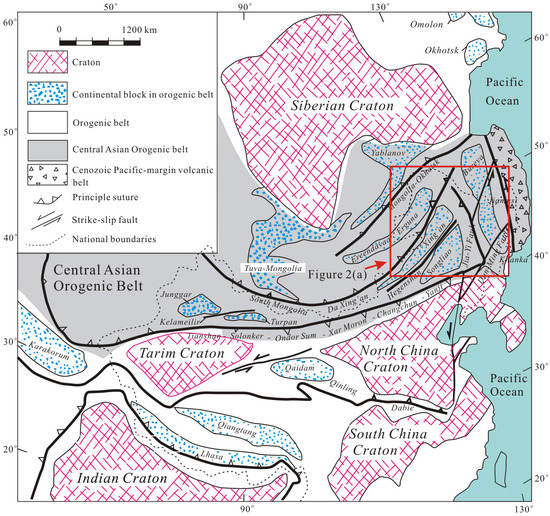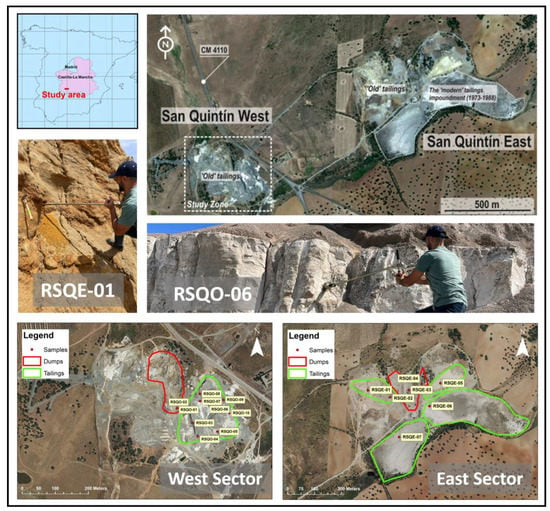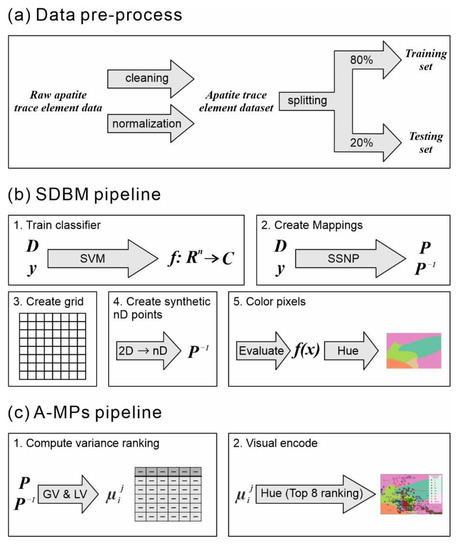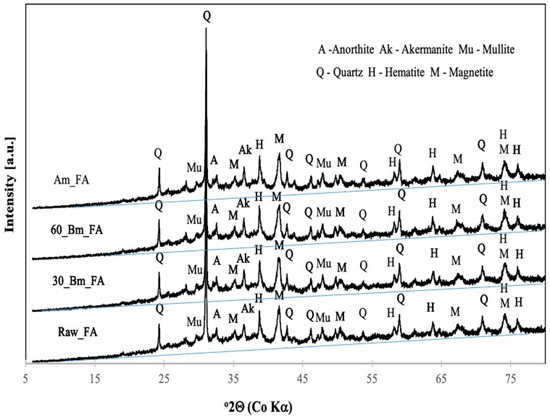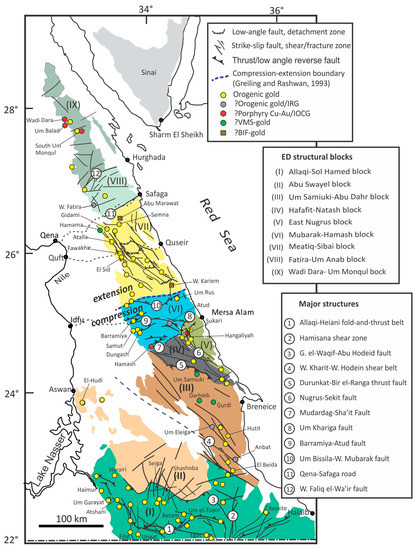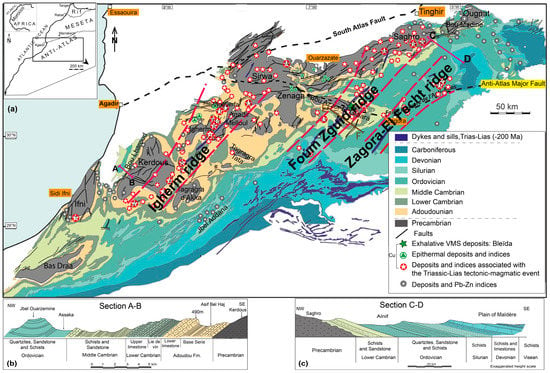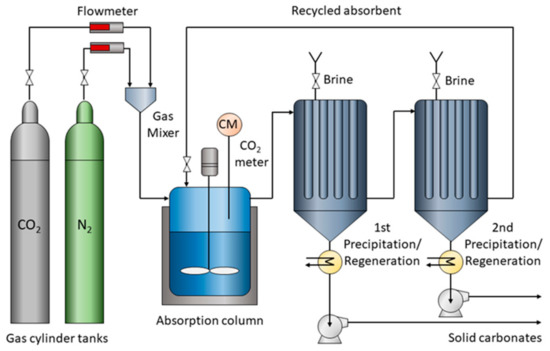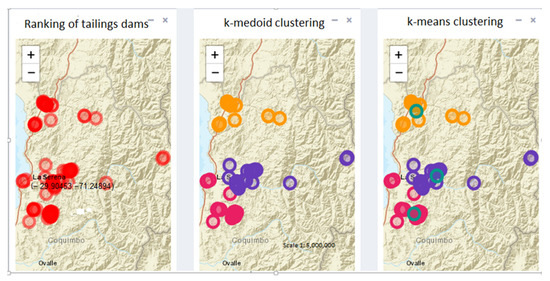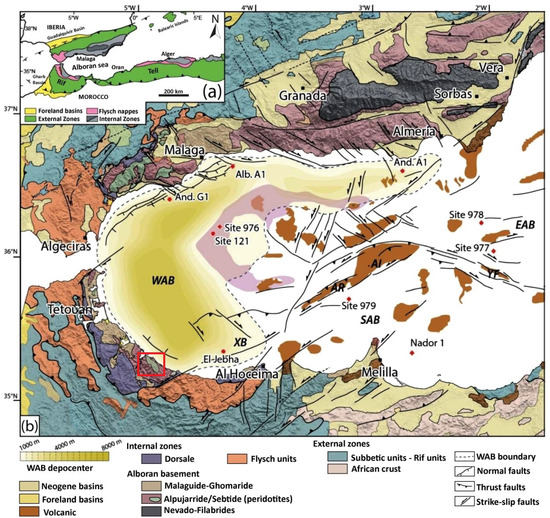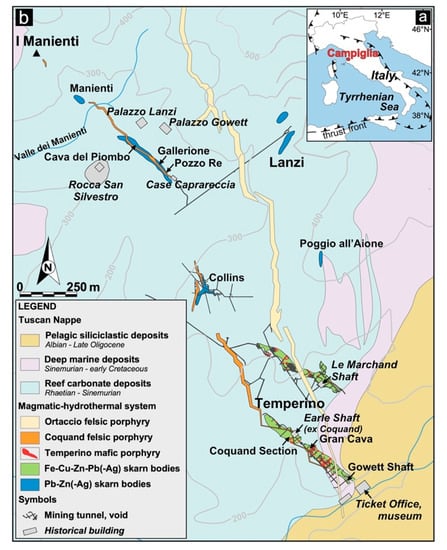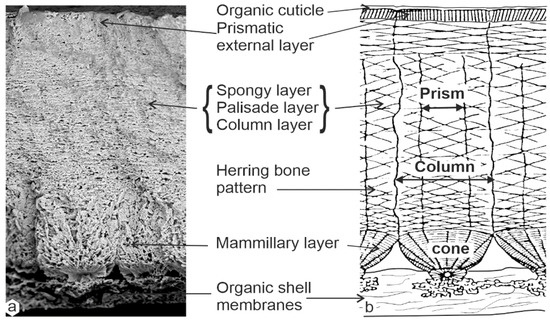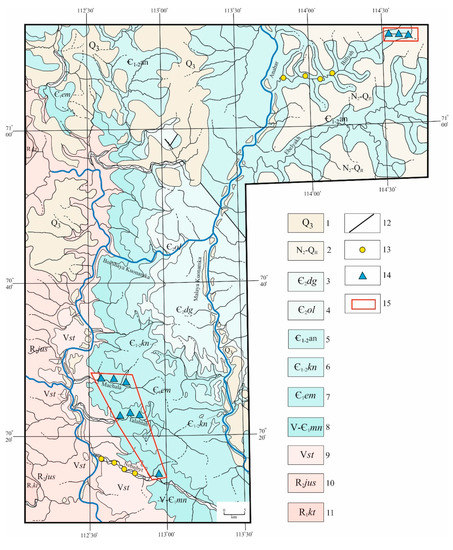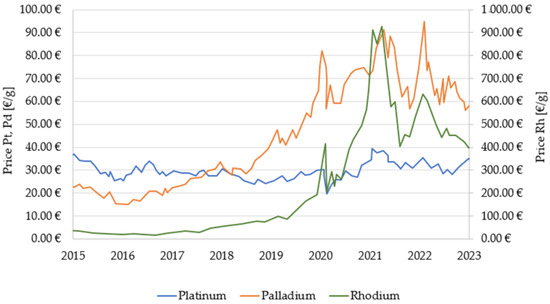Minerals 2023, 13(4), 493; https://doi.org/10.3390/min13040493 - 30 Mar 2023
Cited by 2 | Viewed by 2132
Abstract
Large-scale Mesozoic granitoids are exposed in the Greater Khingan Mountains. Their relationship with the Mongolia–Okhotsk and the Paleo-Pacific Ocean is still under discussion and a matter of debate. In this study, field observations were made and a total of 18 granitoids exposed in
[...] Read more.
Large-scale Mesozoic granitoids are exposed in the Greater Khingan Mountains. Their relationship with the Mongolia–Okhotsk and the Paleo-Pacific Ocean is still under discussion and a matter of debate. In this study, field observations were made and a total of 18 granitoids exposed in the vicinity of the Heihe–Baishilazi area in the northern part of the Greater Khingan Mountains were sampled for petrological, geochronological, and geochemical research. In addition, to complement this study, 90 granitic samples from the Xinghua, Dajinshan, Yili, Chabaqi, and Sankuanggou areas in the Greater Khingan Mountains were compiled in order to reveal rock assemblages, magma sources, and then inquire into the tectonic background. Zircon LA–ICP–MS U–Pb dating indicates that two samples from the Heihe area were formed in the Early Jurassic period (194.2 ± 1.4 Ma and 183.1 ± 1.3 Ma), and the εHf(t) values and TDM2 of the zircons were mainly +5.8 to +10.7 and 528 Ma to 834 Ma, respectively, with a large variation range. The intrusive rocks from the Greater Khingan Mountains (108 in total) belonging to the T1T2G1G2 assemblage contained tonalites (T1), trondhjemites (T2), granodiorites (G1), and granites (G2). These granitoids are presented as subalkaline series in a plot of total alkali versus SiO2 (TAS diagram), medium-K calc-alkaline and high-K calc-alkaline series on SiO2 versus K2O diagram, with metaluminous to peraluminous characteristics on an A/CNK versus A/NK diagram. These are shown as a MA (magnesium andesite) series and LMA (lower (or non) magnesium andesite) series on a SiO2 versus MgO diagram, which can be further divided into the higher-pressure TTG subtype of the MA (corresponding to high-SiO2 adakite (HSA)) series and the lower-pressure TTG subtype of LMA (corresponding to typical calc-alkaline suprasubduction zone rocks). In addition, granitoids were enriched in light rare earth elements (LREEs) and large ion lithophile elements (LILEs) and depleted in heavy rare earth elements (HREEs) and high-field-strength elements (HFSEs), corroborating a suprasubduction zone environment. Regional correlations as well as geochemical characteristics indicate that the rocks from the Greater Khingan Mountains formed in a subduction zone environment during the Early Jurassic; primary magma had presumably originated from the melting of young and hot oceanic crust under eclogite to amphibolite facies conditions. According to the spatial variation in rock assemblages (T1T2G1 to G1G2 and G2), we speculate that the northeastern Heihe, Baishilazi, and Xinghua areas as well as the westward Dajinshan area were adjacent to the ocean and formed an outer subduction zone, whereas the southwestward Sankuanggou, Yili, and Chabaqi areas were adjacent to the continent, forming an inner subduction zone. The distribution sites of the inner and outer subduction zones indicate southward and southwestward ocean subduction. Therefore, we propose a direct connection with southward subduction of the Mongolia–Okhotsk Ocean.
Full article
(This article belongs to the Special Issue Granitic Intrusion and Related Mineralization in Asia)
►
Show Figures
